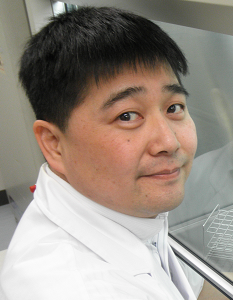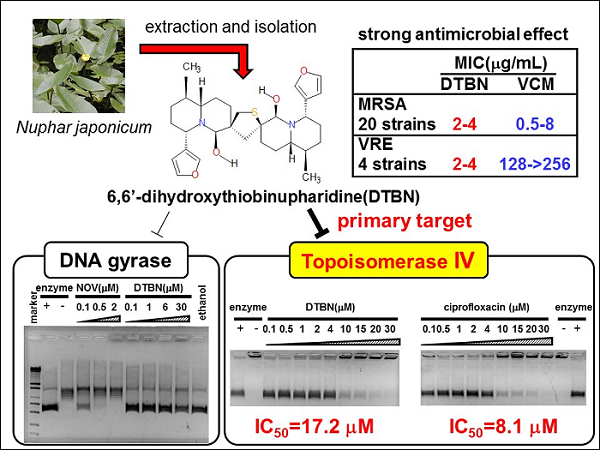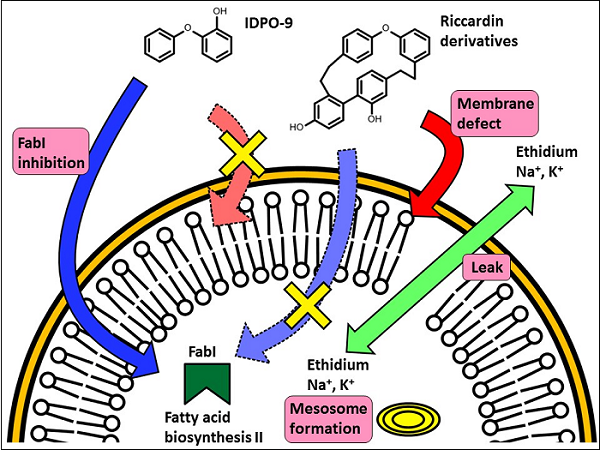【Major Papers of the Laboratory】
・Effects of the order of exposure to antimicrobials on the incidence of multidrug-resistant Pseudomonas aeruginosa, Scientific Reports, 13(1), 8826, 20230531
・Whole-Genome and Plasmid Comparative Analysis of Campylobacter jejuni from Human Patients in Toyama, Japan, from 2015 to 2019, Microbiology Spectrum, 11(1), e02659-22, 20230109
・Comprehensive analysis of resistance-nodulation-cell division superfamily (RND) efflux pumps from Serratia marcescens, Db10, Scientific reports, 9(1), 4854, 20190319
【Education】
・Microbiology:Microorganisms (bacteria, viruses, fungi) which cause infectious diseases
・Biochemistry I:DNA replication, Transcription, Translation
・Biochemistry II:Protein and amino acids
・Antibiotics and Drug resistance: Action mechanism of antimicrobial agents
・Genetic Engineering:Technique of gene manipulation
・Experiments of Microbial Chemistry:Fundamental Technique for Microbiology
【Research】
1.Screening of seed compounds which has antimicrobial activity and Identification of its action target
2.Study of antiseptic resistance mechanism
3.Study of emergence of multidrug resistant bacteria
4.Study of tolerance for Na+ in marine bacteria
5.Structural study of microbial useful enzymes for the industrial application and target proteins for the drug development
6.Functional analysis of antibiotic biosynthetic genes from actinomycetes and its application for the production of useful compounds
【Figure explanation】 Action mechanism of 6,6’-dihydroxythiobinupharidine in Staphylococcus aureus
【Figure explanation】 Action mechanism of riccardin C derivatives in Staphylococcus aureus

 Home
Home



